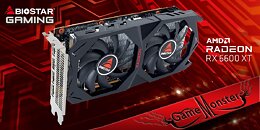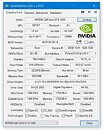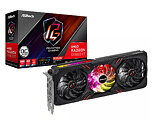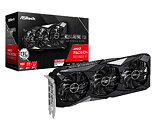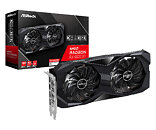
PSA: GPU-Z shows PCI-Express x16 for Radeon RX 6500 XT / Navi 24. It really is x4
AMD announced the Radeon RX 6500 XT and RX 6400 at CES just a few days ago. These new entry-level cards debut the company's first 6 nm GPU, codenamed "Navi 24"—the smallest chip from the RDNA2 family. Navi 24 is barely the size of a motherboard chipset, roughly 100 mm² in die size. The chip only features a 64-bit wide GDDR6 memory interface, needing just two memory chips to achieve 4 GB of memory size. While AMD has been fairly quiet about it, people quickly found out that the Navi 24 GPU only uses a PCI-Express 4.0 x4 host interface. While the physical connector is x16, there is only enough signal traces for x4.Even the most updated 2.43.0 public version of GPU-Z misreports the bus interface as PCIe x16 4.0 though, which will certainly lead to confusion in the reviewer community who trust GPU-Z to report the correct specs and speeds for their articles. Maybe that's the reason why AMD has decided to not send us a sample this time—a first in 15 years.
Update Jan 20th: GPU-Z 2.44.0 has been released, which properly reports the PCIe bus configuration of RX 6500 XT.
Update Jan 20th: GPU-Z 2.44.0 has been released, which properly reports the PCIe bus configuration of RX 6500 XT.








































